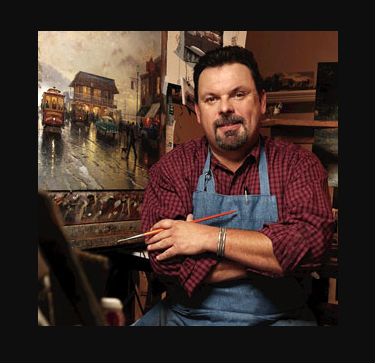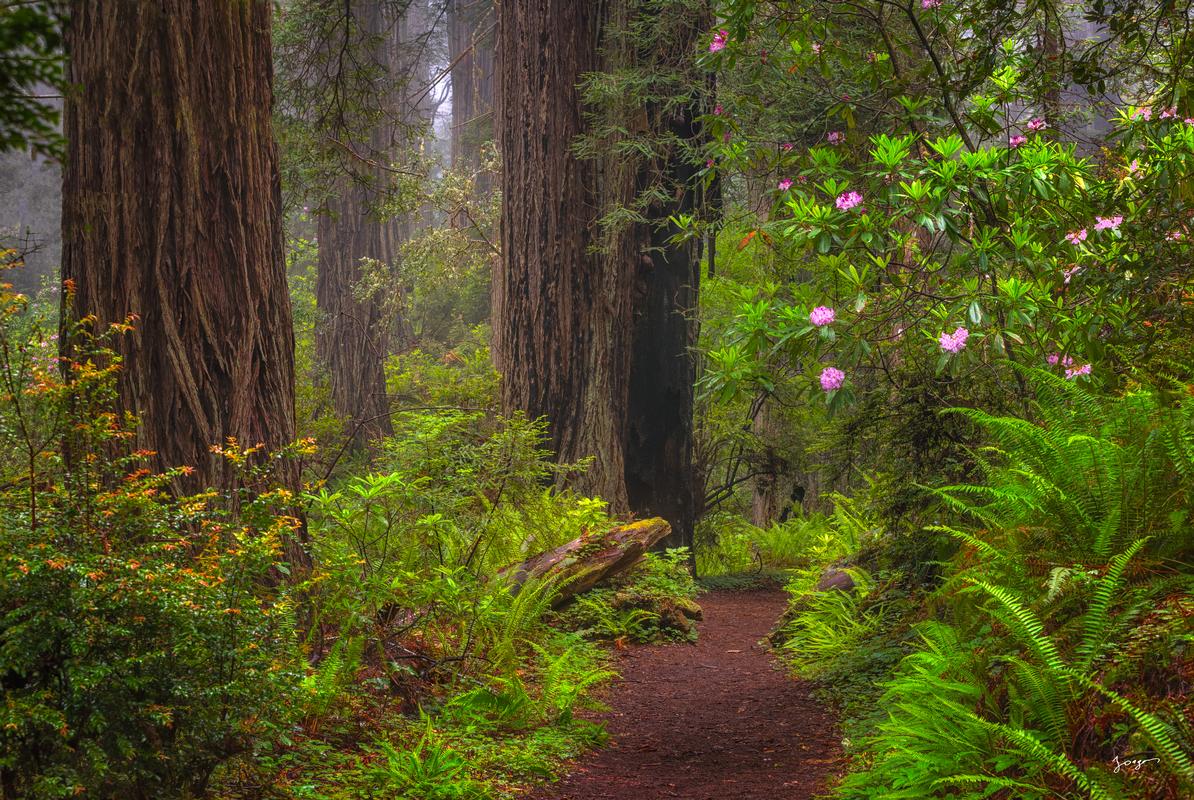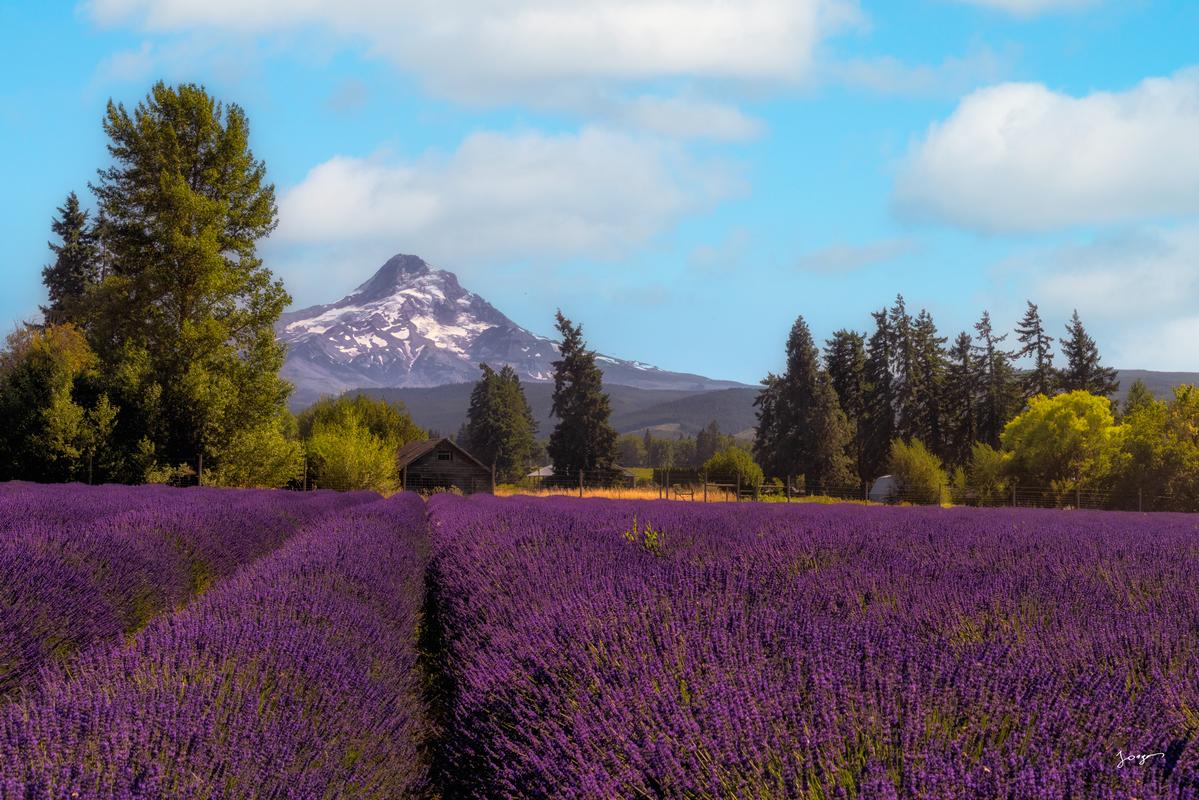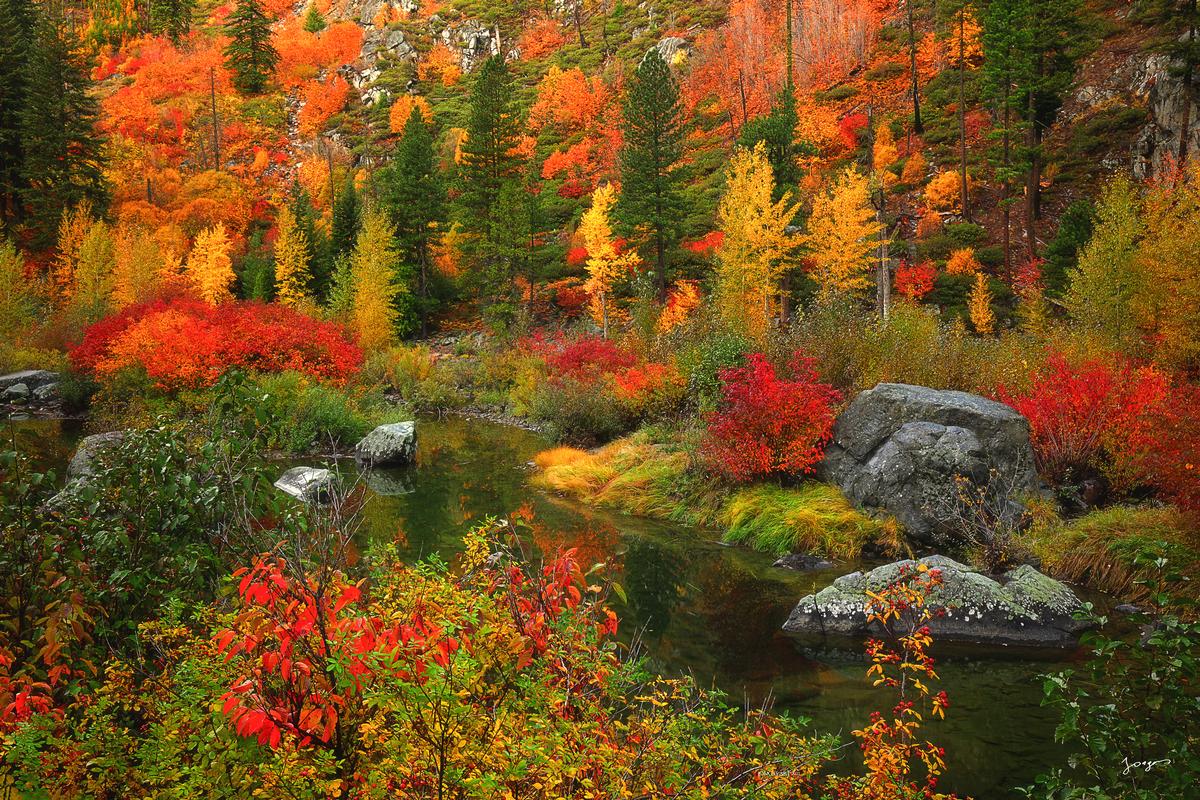Thomas Kinkade: The Iconic American Artist - The Painter Of Light
Thomas Kinkade, a name synonymous with idyllic landscapes bathed in warm, inviting light, was an iconic American artist who carved a unique path in the art world. His work, often described as sentimental or kitschy, transcended the boundaries of traditional art appreciation to become a phenomenon in popular culture. Let's explore the life and work of Kinkade, exploring his artistic journey, the hallmarks of his style, and the ongoing debate surrounding his legacy.
Finding the Light: The Early Life of Thomas Kinkade
Born in 1958 near the foothills of the Sierra Nevada mountains, Thomas Kinkade's early life was a canvas waiting to be filled. Placerville, California, his hometown, offered a picturesque backdrop for a young boy who, from the age of four, displayed a remarkable artistic talent. However, his artistic journey wouldn't be solely defined by idyllic landscapes. A childhood marked by his parent's divorce instilled in him a sense of impermanence, a stark contrast to the stability he would later seek to portray in his art.
Art became Kinkade's refuge. While other children played, he honed his skills, drawing and sketching with an intensity that hinted at his artistic calling. At just five years old, amidst the upheaval of his parents' separation, art provided a constant, a source of solace and, perhaps, a form of control in an uncertain world. This early reliance on art as a means of self-expression would become a defining characteristic of his artistic approach.
Financial limitations did little to dampen Kinkade's artistic spirit. He lacked the privilege of extensive art supplies, but resourcefulness fueled his creativity. He found inspiration in the natural beauty that surrounded him, the rolling hills and quaint houses becoming the first subjects of his artistic exploration. Unlike other artistic prodigies inspired by grand museums and European masters, Kinkade found his muse in the everyday beauty of his hometown.
Kinkade's early life was a study in contrasts. The idyllic beauty of his surroundings coexisted with the emotional turmoil of his family life. Art became his bridge, a way to reconcile the impermanence of his world with a yearning for something stable, peaceful, and enduring. These very themes – tranquility, nostalgia, and a romanticized view of the world – would become the cornerstones of his artistic signature, the "Painter of Light." While the critical reception of his work would be a story for another chapter, Kinkade's early life provided the fertile ground from which his artistic vision would eventually bloom
By the age of 16, Kinkade's talent was undeniable. He had already begun working under the tutelage of Glen Wessels, a respected artist who recognized Kinkade's potential. Wessels not only nurtured his technical skills but also encouraged him to pursue art education at the collegiate level. This mentorship proved pivotal, shaping Kinkade's artistic foundation and propelling him towards a formal artistic career.
Kinkade's artistic style was heavily influenced by the Luminist movement of the 19th century. These American painters were known for their focus on light and atmosphere, creating landscapes with soft edges and a peaceful ambiance. Kinkade incorporated these elements, adding his twist of idyllic scenes and a touch of fantasy.
The Rise of the "Painter of Light"
After graduating, Thomas Kinkade embarked on a cross-country journey, sketching American landscapes that would later inspire his paintings. He also found early success working on backgrounds for the animated film "Fire and Ice," further developing his signature technique of creating luminous scenes.
A pivotal moment arrived in 1982 when Kinkade met publisher Pat Williams. Williams recognized the potential of Kinkade's art to resonate with a broad audience seeking comfort and inspiration. Together, they formed the Thomas Kinkade Company, which revolutionized the way art was marketed and consumed.
"Redwoods Magic" by Jongas Art
Mass Marketing and the Kinkade Empire
Thomas Kinkade's success in the art world was a fascinating anomaly. While dismissed by critics as kitsch, his work resonated with a vast audience, making him the best-selling artist of his generation. This essay explores the keys that unlocked Kinkade's commercial triumph, a success story that transcended the traditional art world.
Firstly, Kinkade offered a world of comfort and nostalgia. This idealized vision, devoid of social issues or conflict, offered an escape from the complexities of daily life. In a world increasingly characterized by chaos and uncertainty, Kinkade provided a visual sanctuary, a world where peace and tranquility reigned supreme.
Secondly, Kinkade was a master marketer. He understood the power of accessibility. Unlike traditional artists who focused on gallery sales, Kinkade embraced mass production. He partnered with publishers to create affordable prints and merchandise, bringing his art into countless homes. This strategy democratized art, making it accessible to a demographic that might never have set foot in a gallery.
Thirdly, Kinkade cultivated a strong brand identity. He became synonymous with the term "Painter of Light," a moniker that effectively captured the essence of his work. This brand recognition not only solidified his position in the public eye but also streamlined his marketing efforts. The "Kinkade" name became a readily recognizable symbol of comfort and idealized beauty. However, Kinkade's success wasn't without controversy.
The Art of Popularity: Praise and Criticism
Thomas Kinkade, the self-proclaimed "Painter of Light", was a figure shrouded in both immense popularity and fierce criticism. His idyllic landscapes, bathed in an ethereal glow, captivated millions, adorning countless homes and generating a vast merchandising empire. However, within the art establishment, his work was often dismissed as kitsch, lacking the depth and innovation expected of "fine art." This essay explores the artistic critiques and controversies surrounding Thomas Kinkade, examining the reasons behind the vehement opposition to his work.
One of the primary criticisms leveled against Kinkade was the formulaic nature of his paintings. Critics argued that his idyllic scenes, with their quaint cottages, charming main streets, and dramatic landscapes bathed in a perpetual golden light, lacked originality and innovation. They accused him of churning out mass-produced works that all adhered to a predictable template, sacrificing artistic expression for commercial appeal.
Furthermore, Kinkade's focus on sentimentality and escapism drew harsh criticism. His paintings were seen as sentimentalized portrayals of reality, devoid of any social commentary or engagement with the complexities of the real world. Critics argued that art should challenge and provoke, not merely offer a comforting escape into a world devoid of conflict. The absence of human figures in many of his landscapes further fueled arguments that his work was sterile and emotionally detached.
The mass production of Kinkade's art through prints and merchandise was another point of contention. While it made his work accessible to a wider audience, critics saw it as a blatant commercialization of art. They argued that the focus on profit diluted the artistic merit of his work, transforming it into a mere commodity. This strategy, while commercially successful, positioned Kinkade outside the traditional art world, further solidifying the perception of his work as kitsch.
Kinkade's claim to the title of "fine artist" was also heavily contested. His meticulous technique, while impressive in its detail, was seen as prioritizing technical proficiency over artistic expression. The emphasis on light and a romanticized portrayal of nature were seen as superficial techniques employed to evoke an emotional response, rather than a genuine exploration of form or meaning.
Despite the scathing critiques, Kinkade's defenders point to the emotional connection his work evokes in viewers. They argue that art doesn't always need to be challenging or confrontational; it can simply provide beauty and comfort. The widespread appeal of his work, they claim, is a testament to its ability to resonate with a deep human desire for peace and tranquility.
In conclusion, Thomas Kinkade's artistic legacy remains a subject of debate. While his work was undeniably popular, the methods and themes he employed alienated him from the art establishment. His success as a businessman and marketer cannot be denied, but his place within the realm of "fine art" continues to be a point of contention. Ultimately, Kinkade's story raises questions about the purpose of art, the balance between accessibility and artistic merit, and the ever-evolving relationship between artist and audience.
"Perfection" By Jongas Fine Art
Beyond the Brushstrokes: Philanthropy, Faith And Later Life
Despite the controversy surrounding his work, Kinkade remained a devout Christian who believed his art served a higher purpose. He saw his paintings as a way to uplift spirits and offer a glimpse of a world infused with beauty and tranquility. He actively supported charities and humanitarian causes, donating his work to hospitals, schools, and disaster relief efforts. Thomas Kinkade passed away in 2012, leaving behind a complex legacy. He was an undeniable commercial success, a pioneer in art marketing, and a controversial figure in the art world. However, his work continues to resonate with millions who find comfort and inspiration in his idyllic landscapes. Love it or hate it, Thomas Kinkade's art undeniably touched a chord in the hearts of many. Whether seen as sentimental escapes or formulaic paintings, his work provides a window into a world of tranquility and light. His legacy will likely continue to be debated, but there's no denying the impact he had on popular culture and the way art is presented and consumed.
How Kinkade Paintings Compare To Landscape Photography
Thomas Kinkade Landscapes without a doubt resemble thousands of works created by famous landscape photographers. As mentioned above, in his early days, Kinkade used natural landscapes during his travels as inspiration for his magnificent paintings. Therefore it is very likely that today's landscape photographers like myself have been photographing the same landscapes he was looking at when he painted. In the next few paragraphs, I want to help examine the similarities and differences between the two distinct art styles that use landscapes to achieve amazing artwork.
Subject Matter:
- Kinkade: Focuses on idyllic scenes – charming cottages, quaint towns, dramatic landscapes bathed in a warm, inviting glow. Human figures are rare, if present at all.
- Landscape Photography: Captures a wider range of landscapes, both natural and man-made. It can be realistic or artistic, portraying the beauty of nature as it is, or using techniques to create a mood or feeling. Landscape photography also often features people interacting with the environment.
Style:
- Kinkade: Known for his meticulous technique, creating highly detailed and polished paintings. He uses soft focus and a warm color palette to evoke a sense of peace and tranquility. His compositions are often idealized and romanticized.
- Landscape Photography: More diverse in style. It can be hyper-realistic, capturing every detail of the scene, or impressionistic, focusing on light, color, and atmosphere. Landscape photographers may use a variety of techniques, such as long exposures or HDR (High Dynamic Range) imaging, to create a specific effect.
Accessibility:
- Kinkade: Relatively affordable due to mass-produced prints and merchandise. His work is easily accessible to a broad audience.
- Landscape Photography: Fine art landscape photography can be expensive, especially for limited edition prints or works by renowned photographers. However, digital photography has made it easier for anyone to capture stunning landscapes and also mass-produced at affordable prices.
Artistic Merit (Debated):
- Kinkade: Criticized for being formulaic, lacking originality, and prioritizing sentimentality over artistic complexity.
- Landscape Photography: Can be considered "fine art" depending on the photographer's skill, creativity, and the emotional impact of the image. There's a wider range of styles and approaches within landscape photography, allowing for more artistic expression.
Overall:
- Kinkade: Offers an idealized escape into a world of peace and beauty. Appeals to those who appreciate traditional, sentimental art.
- Landscape Photography: Provides a more diverse range of perspectives on the natural world. Can be both aesthetically pleasing and provides a more realistic representation of actual places in the real world.
Ultimately, the choice between Kinkade paintings and landscape photography comes down to personal preference. If you seek a sense of comfort and nostalgia, Kinkade's work might resonate with you. If you value artistic expression and capturing the raw beauty of the world, landscape photography might be a better fit. Jongas Fine Art Photography offers countless landscape photography prints from many locations in the USA and around the world. The photography prints offered for sale are of the highest possible quality produced with the latest technological equipment and have passed several tests of quality control before being printed to produce the final artwork that the collectors can enjoy. Click here to see Landscape Photography by Jongas on this website.




